Minting NFTs is a crucial step in selling your non-fungible tokens. Minting your digital assets involves going to an NFT marketplace, connecting your crypto wallet, and uploading your file. But have you ever thought about creating your own NFT minting application or NFT minting page? If the answer is yes, then you need to read this article. Here we’ll discuss How to Create an NFT Minting Website step by step! Let’s go straight to it!
What is NFT Minting?

Understanding NFT minting is mandatory to comprehend what NFT marketplaces are, how they work, and what role they fulfill in the minting process.
Minting NFT is publishing a digital asset, or NFT, on the blockchain through blockchain technology and making it available for purchase.
In this sense, NFT markets are the place on the web where you can upload your NFTs to put them on sale.
When you mint NFTs, you select a type of file (JPEG, PNG, MP3, MP4, PDF, etc.), then set up a series of specific details, such as attributes, description, price, and sales process, and convert it into an NFT.
Summarizing, minting refers to an execution of a blockchain transaction. When the transaction is executed, a smart contract works and creates the tokens that will save the data in the blockchain.
Finally, NFT assets can be minted in various types of blockchain technologies. The largest NFT marketplace, OpenSea, mainly supports Ethereum, but you can also utilize Polygon, Solana, Avalanche, and other technologies.
When you build your own minting website, you should address most blockchains to receive the most NFTs.
Some Aspects You Should Consider Before Building Your NFT Business
Now we’re giving you some data you should manage before creating your NFT minting website to have a broader perspective of the issue.
- There are different blockchains that support NFT. As we mentioned earlier, several blockchain networks support NFTs, digital art, and unique digital assets in general. The most common are Ethereum, Binance, Solana, and Flow.
- Minting an NFT is an easy process. Minting an NFT involves several stages, but these stages are clearly defined. For instance, you need to create and connect your crypto wallet to the platform, upload a certain digital asset, and determine the conditions of smart contracts.
- Keep in mind that NFT minting platforms have different advantages. NFT developers, artists, and iconoclasts see in NFT platforms the opportunity of reaching new audiences and increasing their profit. Some of the reasons are decentralization, proof of property rights, and trading globally.
- Decide what type of NFT minting platform you’ll create. Not all minting platforms are equal. Some of them are focused on creating art showcases or NFT collections. These platforms work like an art gallery. Others focus on trading or even on generating NFTs. Consider what type of NFT platform you want to create to include the features required by the project.
Some Trends in NFTs You Need to Keep in Mind
But that is not all. Creating an NFT minting website involves paying attention to the trends in the crypto world. Some new NFTs do not cause the impact that many stakeholders expected. Others, on the contrary, are rocking the network, the metaverse, and crypto communities. Some of the trends your site should consider are the following:
NFT Gaming
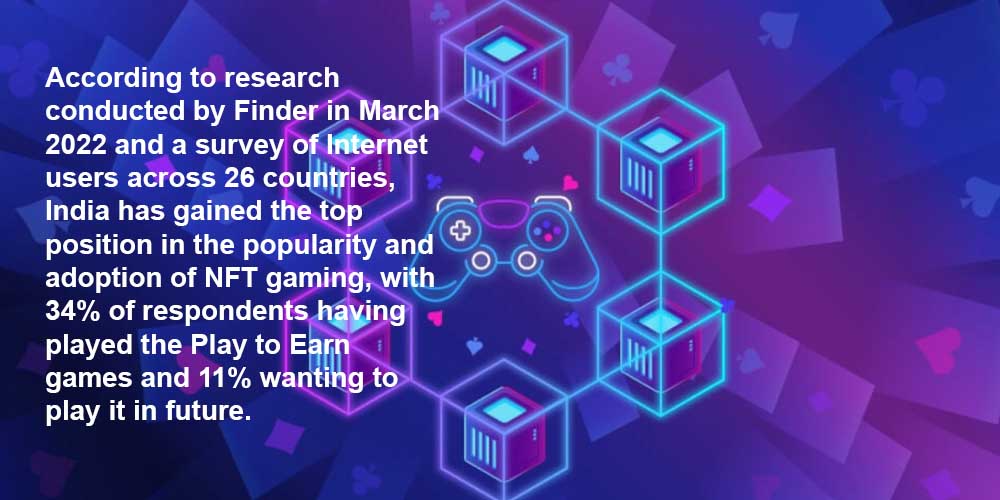
NFTs were initially intended as digital items and avatars for gaming. Nowadays, many users and gamers are trying to get incredible and unique NFTs to provide their gaming profiles with distinction. A non-fungible token may offer gamers and developers a particular avatar and even help them to monetize their games or websites.
Besides, relevant gaming companies and publishers are adopting the NFT model to monetize their products. The tokenization model is on fire!
Still, it may require gamers to spend money to unlock certain aspects of the game, such as skins, in-game items, and other products.
NFT Art
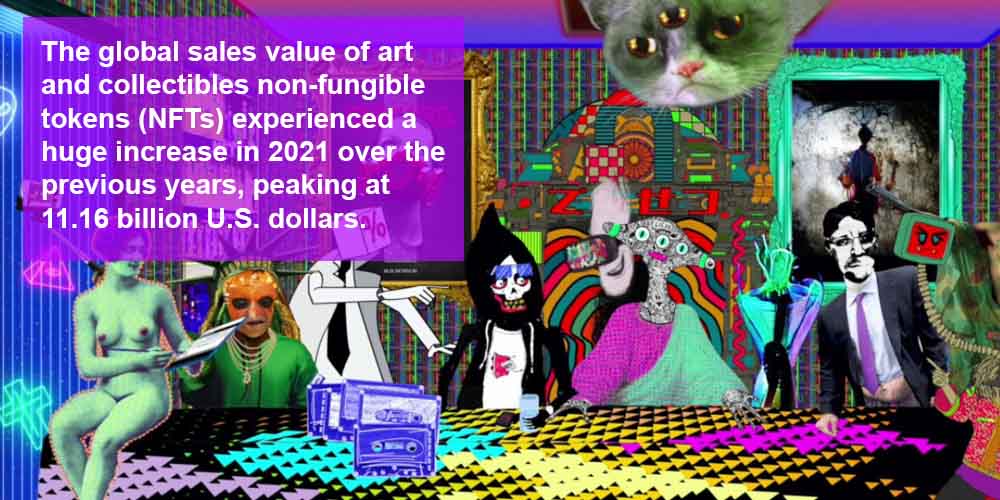
The digital art industry is likely the industry that has taken advantage of the NFTs trend the most. Many artists and art galleries worldwide are leveraging this trend to create new pieces of digital artwork. This way, they reach better market visibility.
New artists appear on the horizon. They are creating new digital art and NFTs in demand, increasing their profit and popularity.
NFTs generators and marketplace services are also great tools that artists use to create collectibles, develop series of NFTs quickly, and set up traits and characters.
In a few words, artists find great utility in NFT marketplaces and creating NFTs, reaching great popularity and making thousands of dollars with NFTs, Ethereum blockchain, and more!
NFT Real-Estate Transactions
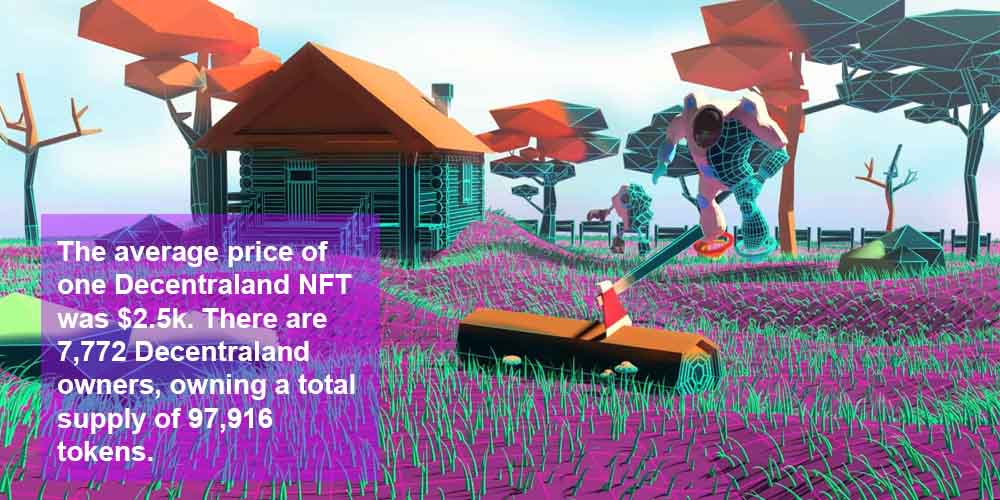
Yeah, nowadays, you can buy in-game real estate, i.e., become a landlord of a good piece of ground in your favorite games. For instance, the game “Decentraland” is an excellent example of these decentralized features, where users can be part of the game’s functionality by getting their portion of land.
Many software program developers are taking advantage of Augmented Reality and new technologies to offer real estate to collectors and the most seasoned gamers.
NFT Music
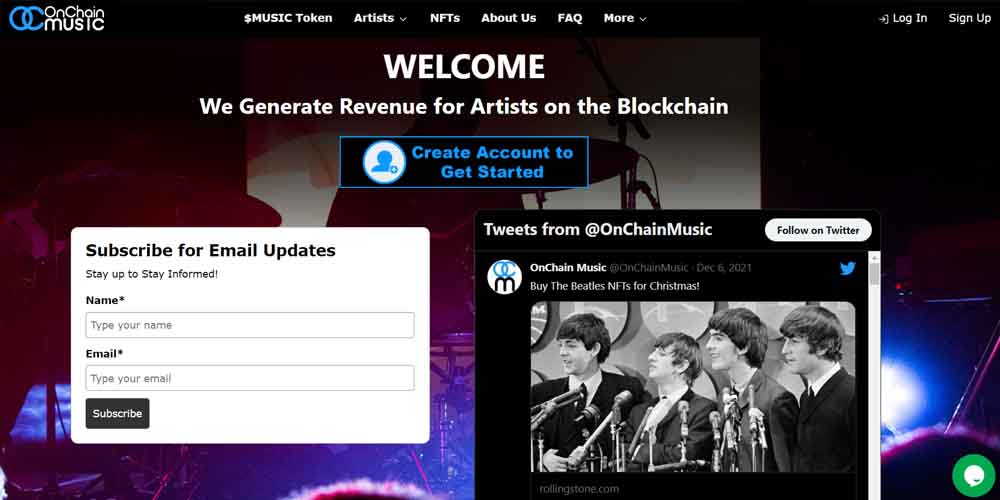
Musicians are artists, and, as we mentioned early, artists are leveraging the NFTs and the cryptocurrency world to display their digital files. Musicians are taking advantage of smart contract development to establish their rules about property and their work rights.
NFTs allow independent musicians to avoid the pressure of working with record label companies and gain more control over their music. Independent artists are selling their discography as NFTs and displaying their art on decentralized platforms. Some of the most used decentralized music streaming platforms are:
- Musicoin;
- OnChain Music;
- eMusic;
- Emanate;
- Tamago.
NFT Fashion
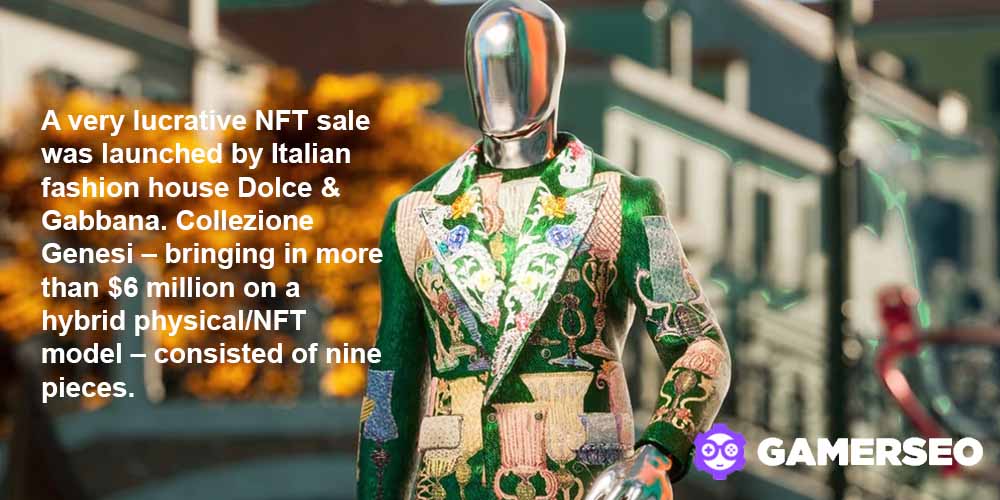
The fashion industry could not be left out of this phenomenon either. Many famous high-quality fashion brands, such as Dolce & Gabbana, have immersed themselves into the NFTs world by creating new collections of apparel and clothing.
Thanks to this, brands can promote their physical products via NFTs versions and even sell a simplified version of the product in the virtual world. Many of these products are exclusive, and metaverse users can wear them thanks to augmented reality.
NFT for Social Media
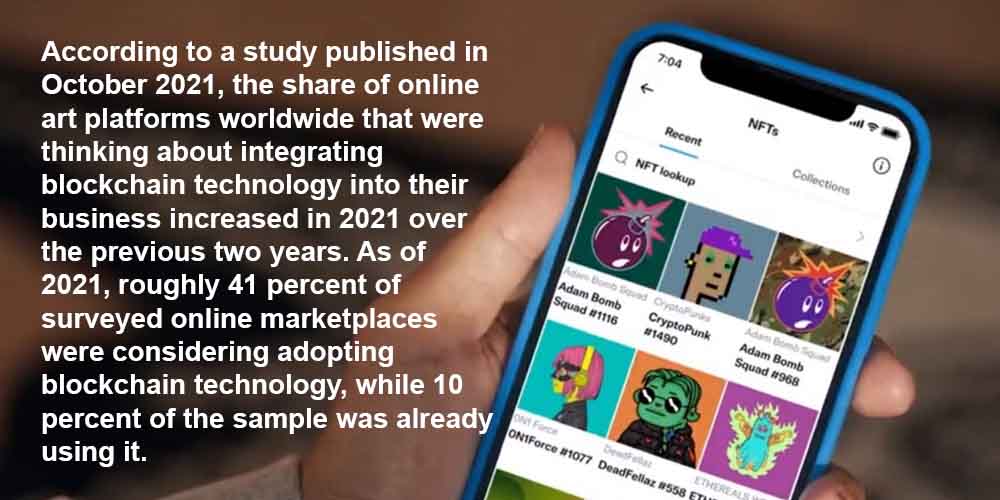
Social media are an integral part of the new technologies, the digital wallet integration, the metaverse, and, of course, the NFTs. Some users have started to use NFTs as profile pictures. Even some tweets have been sold for millions of dollars!
Reddit and Twitter are already experimenting with NFTs and blockchain technology functionalities. With this in mind, it was only a matter of time before social media would be tokenized.
How to Create an NFT Minting Website – Step by Step
In this section, you’ll find the main seven steps you need to consider to build your own minting websites where you store NFTs and trade billions!
- Requirement Analysis
The first step of creating any project or website is analyzing the needs and requirements of the clients. This way, you can establish goals and objectives regarding the type of website you want to create. The idea is to determine the website’s usability and create a document that resumes the functional and nonfunctional requirements, API key integrations, security testing, and more.
- Smart Contract Development
The second step is to perform smart contracts for minting NFTs by associating metadata and assuring that NFTs are stored on the IPFS. Once you’ve developed the smart contract for the mint function, it’s time to design and develop the end and front of the platform, the user interface, where users will mint their creations.
- Set Up Your Development Environment
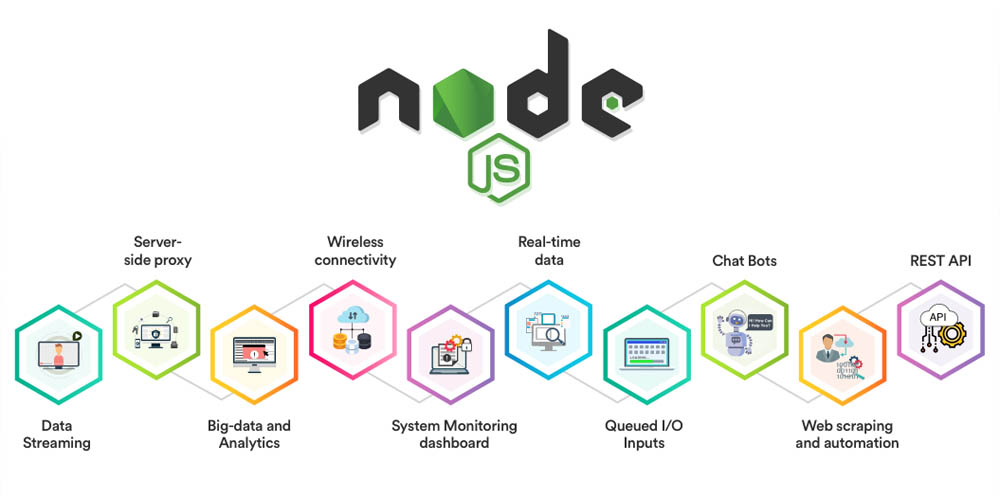
The architecture development is crucial since it shows the platform functions, operations, and performance. Remember that the architecture is the site’s structure, i.e., how your website is built.
But there is good and bad architecture, and the virtual world is no different.
When you configure the architecture of your site, you can start with the coding process by integrating the smart contracts for the internal functionalities of the site.
To set up the environment, you must use an environment multiplatform, such as Nodejs or Reactjs, a Javascript library. When you finish the environment creation, you must install Tatum.io API and the API Key on the platform.
- Program the Tatum.io API
You will write the code using Tatum.io API to configure and perform deeper-level operations. The APIs (Application Programming Interfaces) will determine your website’s general and specific tasks, such as creating NFTs, charging the gas fee, transactions, linking blockchain, buying functionality, and so on.
- Set Up IPFS Nodes and Connect to the Network
If you decide to use IPFS (The InterPlanetary File System) as a protocol and file-sharing peer-to-peer network, you will be required to connect them to the network and configure permissions.
IPFS is a decentralized and resilient system of file sharing and storage. It replaces the location based on server protocols HTTPS by providing other gateways which are accessible with HTTP.
Still, you can establish that software like Piñata manages the NFTs, having control over the custom permissions to hide files from the public IPFS network.
- Deploy a NFT Contract
Deploying a contract is a crucial part of minting NFTs on your website. On the Internet, you can find several open-source contracts you can customize and deploy. To do this, you’ll need to write a deploy script by creating a deploy.js file. It involves having special knowledge of the subject. Then please get advice from professionals.
- Publish Your Platform
Once you’ve determined the architecture, structure, environment, smart contracts, APIs and connected nodes to the network, it’s time to publish your website on the Internet. This is the easiest step and involves having the domain and the spot on the web. Of course, launching the website may include celebrating a particular release, an exclusive collection, an offer, or whatever you want!
The Future of Minting Websites

Why create an NFT minting website? These websites do not just represent a solution for artists who want to publish their artwork and get profit; they also are a new way of interacting and sharing digital files and assets, from images to videos. Below we see the main benefits of minting websites in the next few years.
Marketplaces Are Growing
Many NFT marketplaces and minting websites exist with thousands of participants, artists, and collectors. The largest is OpenSea. Rarible and Mintable are also great ones where creators can mint their art pieces for free. The market grows daily, and new entities are arriving on the scene.
NFTs represent Physical Goods
As mentioned in the NTF fashion section, NFTs are starting to represent physical goods. Famous NFT clothing has created its physical counterpart in the real world. Brands like Tiffany & Co have converted some NFTs, such as Cryptopunks, into physical items like earrings. This way, the client can ask for a unique NFT physical good and have the particular piece worldwide.
NFTs Are Becoming More Social
Since most NFT minting websites are decentralized, users feel more connected, integrated, and free, and they can make relevant decisions about the future of the communities, projects, and the platform. Regular social media have strict regulations and can restrict users’ activities. In the NFT platforms, users are willing to engage with the website’s vision, collections, events, and more.
Bottom Line
Creating an NFT minting website is a task that may take some weeks. Besides, if you don’t know anything about coding or designing, it’s mandatory to get the help of professional designers or developers.
Anyway, the steps mentioned in this article are the basics to invest in and build your own minting website.
Remember that a minting website must guarantee NFT ownership, secure transactions, a user-friendly interface, unique content and pieces of art, royalties, and that images be converted into NFTs.